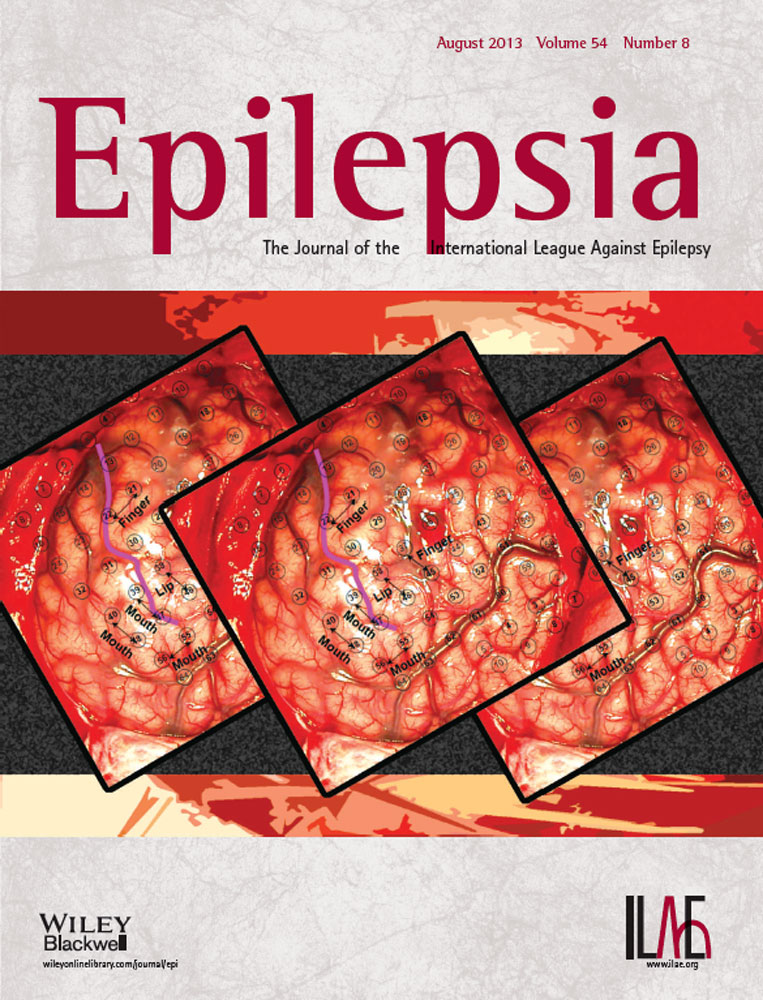Visual field defects after radiosurgery for mesial temporal lobe epilepsy
Summary
Purpose
Gamma knife radiosurgery (RS) may be an alternative to open surgery for mesial temporal lobe epilepsy (MTLE), but morbidities and the anticonvulsant mechanisms of RS are unclear. Examination of visual field defects (VFDs) after RS may provide evidence of the extent of a postoperative fixed lesion. VFDs occur in 52–100% of patients following open surgery for MTLE.
Methods
This multicenter prospective trial of RS enrolled patients with unilateral hippocampal sclerosis and concordant video–electroencephalography (EEG) findings. Patients were randomized to low (20 Gy) or high (24 Gy) doses delivered to the amygdala, hippocampal head, and parahippocampal gyrus. Postoperative perimetry were obtained at 24 months after RS. Visual field defect ratios (VFDRs) were calculated to quantify the degree of VFDs. Results were contrasted with age, RS dose and 50% isodose volume, peak volume of radiation-induced change at the surgical target, quality of life measurements, and seizure remission.
Key Findings
No patients reported visual changes and no patients had abnormal bedside visual field examinations. Fifteen (62.5%) of 24 patients had postoperative VFDs, all homonymous superior quadrantanopsias. None of the VFDs were consistent with injury to the optic nerve or chiasm. Clinical diagnosis of VFDs correlated significantly with VFDRs (p = 0.0005). Patients with seizure remission had smaller (more severe) VFDRs (p = 0.04). No other variables had significant correlations.
Significance
VFDs appeared after RS in proportions similar to historical comparisons from open surgery for MTLE. The nature of VFDs was consistent with lesions of the optic radiations. The findings support the hypothesis that the mechanism of RS involves some degree of tissue damage and is not confined entirely to functional changes in neuromodulation.




